If you are suffering with urinary incontinence, don’t suffer in silence – there are many treatment options available
17 June 2019
| Last updated on 17 June 2019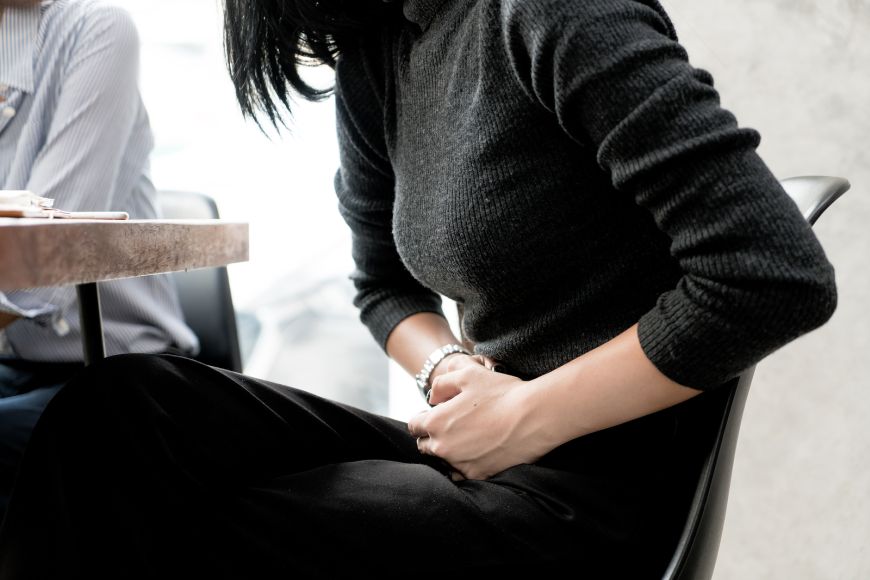
Urinary incontinence, or accidental loss of urine control, is a common problem for women through adulthood and can greatly impact patient’s quality of life.
Sadly, up to 50% of women diagnosed with urinary incontinence do not seek help. A Medcare Urology Specialist has urged women to ask their doctors about novel treatment options to treat urinary incontinence, as women should not tolerate the condition or let it adversely impact their lifestyle.
Urinary incontinence affects 12.4% of women worldwide and becomes more prevalent as you age due to muscles becoming weaker. Even though it is more common, it is not considered a normal part of aging.
Other risk factors include:
- Obesity which increases pressure put on the bladder
- Pregnancy can cause muscles controlling your bladder and urethra to weaken, and a growing
- Diabetes and high glucose levels can cause urinary incontinence
- Smoking can cause chronic cough which damages the muscles of the pelvic floor
- Heredity factors may also play a role
SEE ALSO: The Difference Between Sedation and General Anaesthesia
Short-term urinary incontinence can be due to vaginal or urinary tract infections, constipation or certain medications. Chronic incontinence, on the other hand, can be caused by overactive bladder muscles, weakened pelvic floor muscles or nerve damage.
The type of treatment you are eligible for will depend on which type of incontinence you are diagnosed with:
- Stress incontinence occurs when weakened pelvic floor muscles cause leakage when you apply stress on your pelvis, for example when you laugh, cough or sneeze
- Urge incontinence occurs mainly in older women, when bladder muscles weaken or bladder capacity decreases causing uncontrolled contractions and an intense urge to urinate
- Mixed incontinence, as the name suggests, is a combination of stress and urge incontinence
In order to properly diagnose the cause of incontinence, your doctor will carry out a urodynamic test, so they can establish proper treatment. Your doctor will insert a very fine catheter in the bladder and gradually fill up the bladder, while monitoring the activity of the bladder.
Through this test, your doctor can find out which part of the bladder has a problem, and whether it is due to muscle weakness, a neurogenic problem, or reduced capacity of the bladder.
There are various treatments for urinary incontinence, depending on the cause. For example, stress urinary incontinence can be treated through lifestyle modifications, pelvic floor exercises and physiotherapy. For active urinary incontinence, treatment is usually through oral medicines.
A pessary may be prescribed to support the bladder, and surgery is another option to insert a mesh sling. Recently, we have begun to inject bulking agents or Botox into the bladder muscle which has proven to be very effective.
Bulking agents
Bulking agents such as fillers are injected to increase the central filler volume, thereby increasing the power of the sphincter muscles. This minor procedure is done relatively fast under local anesthetic and requires little downtime.
Botox
If diagnosed with urge incontinence, Botox can be used to paralyze and relax the overactive bladder muscle, reducing the overall urge and frequency of urination. The quick procedure causes minimal discomfort. Effects of treatment are seen within days and can last between 6 to 12 months. Patients usually return to work the following day.

Dr. Fariborz Bagheri
Consultant Urologist
Medcare Hospital Al Safa




.png?itok=HBSyMDok)









































































.png)
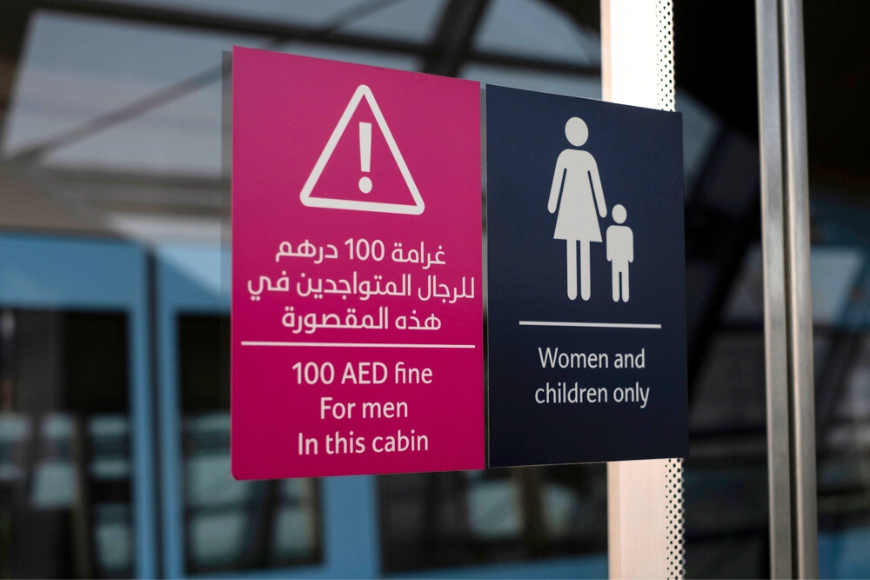
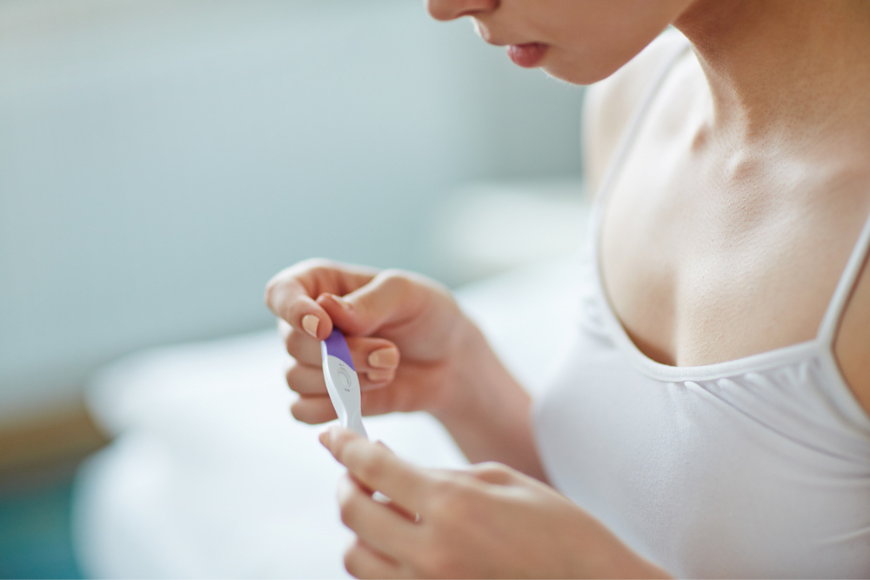

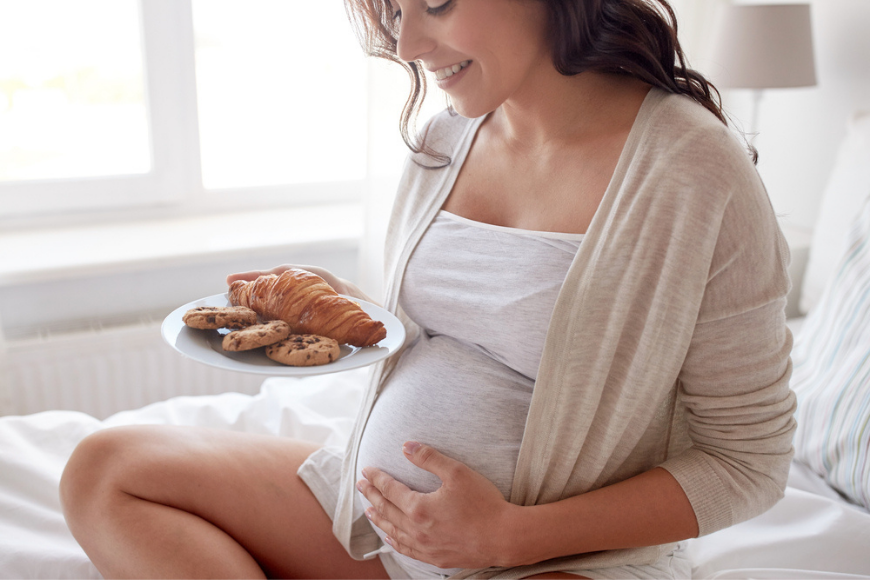


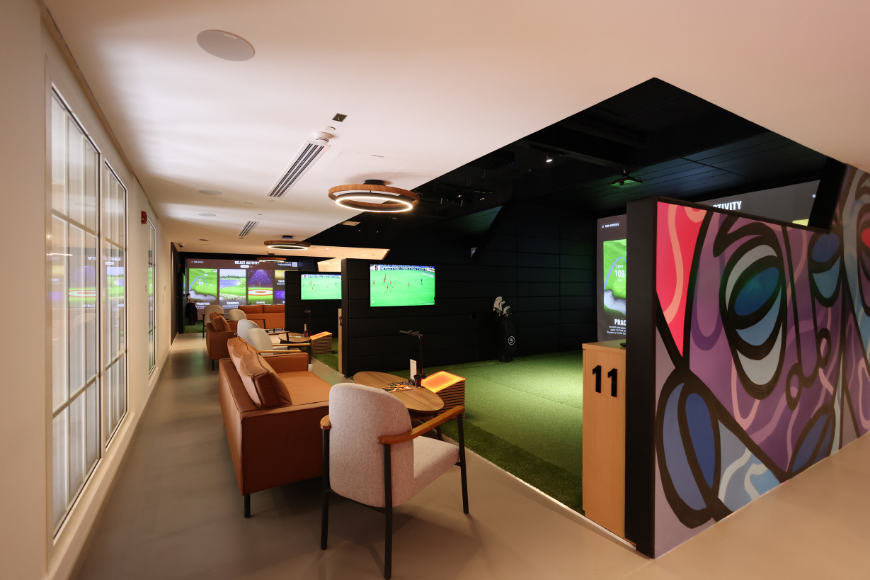




















.png?itok=0fOAXkOm)

























.png?itok=EH_x0Pha)
